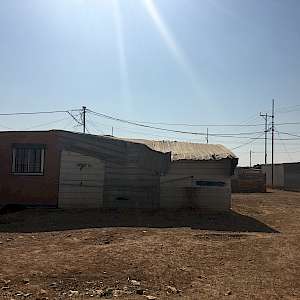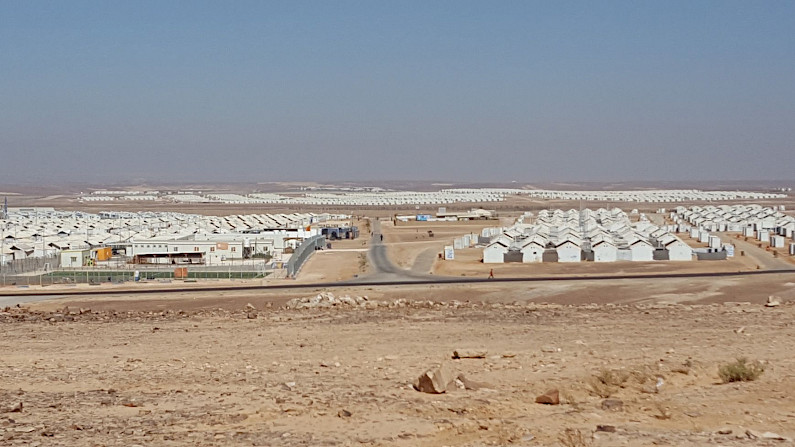
Hayat
Hayat describes day to day life and difficulties with the camp infrastructure:
"It is a hard life, really. The lack of electricity is hardest. They installed an electric network that supposedly supplies the camp with electric power, but it doesn’t work. Yesterday we (only) had electric power at 7pm. If we had money, 400JD for solar panels, we could install it and maybe have a fan and TV and have the kids off the streets in this heat. We do suffer. The whole camp suffers."


Provision of energy, and the move towards sustainable and renewable sources of energy, is vital as part of humanitarian housing responses to refugee needs. This report from the Refugee Studies Centre at the University of Oxford gives an overview of the energy needs of displaced populations, particularly in light of protracted crises such as that experienced by Syrian refugees in Jordan.
